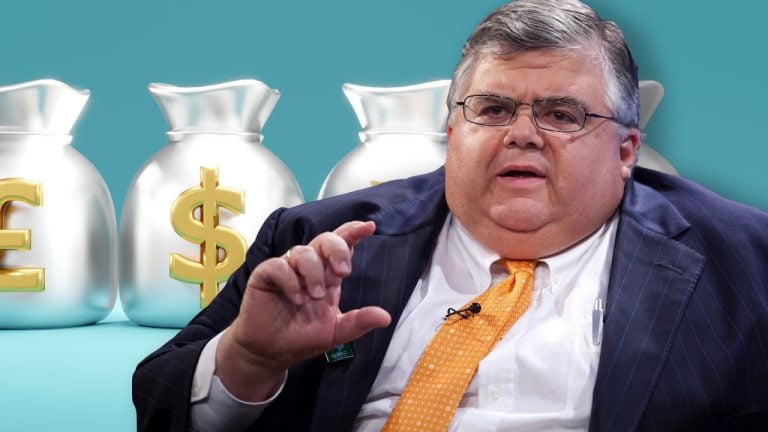
Uncertain regulatory conditions continue to have a negative impact on the sustainable growth of the DAO ecosystem, revealed a new European Central Bank occasional paper.
Decentralized autonomous organizations (DAOs) need a comprehensive regulatory framework if they are to make a place in the future of the financial sector, suggests the European Central Bank (ECB) occasional paper (OP).
The OP “The future of DAOs in finance - in need of legal status,” authored by Ellen Naudts, Market Infrastructure Expert Payments at ECB, highlighted how technology outpaced regulation in relation to DAOs — having a negative impact on the safety and sustainable growth of the ecosystem.

As DAOs continue to flood the market with unique offerings, enforcing a “registration framework that was built for a pen-and-paper era” fails to address the various liabilities they present to investors.
“Until DAOs are adequately regulated globally, in the sense that the abovementioned challenges have been solved so that they do not and will not in future pose a serious threat to financial stability, payments and securities systems operate smoothly and consumers are properly protected, the place for DAOs in the financial sector of the future will necessarily remain limited,” the paper concluded.
Related: ECB official labels crypto as ‘deleterious’ with ‘no societal benefits’ in scathing speech
Concurrent with calls to establish a regulatory framework, ECB executive board member Fabio Panetta recently said the digital euro could “put Europe at the forefront of advanced economies.”
A digital euro would be a new form of central bank money, says Executive Board member Fabio Panetta. It is now up to legislators to ensure it would replicate key characteristics of cash in the digital sphere, particularly its privacyhttps://t.co/nQJzYylwpV
— European Central Bank (@ecb) September 4, 2023
1/3 pic.twitter.com/4XPlk83Lwj
Panetta supported the European Commission’s legislative proposals for the digital euro, stating that it would ensure Europeans always have access to a public payment option, whether cash or digital, even as “closed-loop solutions are becoming increasingly prevalent” in private payment services.
Magazine: Beyond crypto: Zero-knowledge proofs show potential from voting to finance















 " title="
" title="
